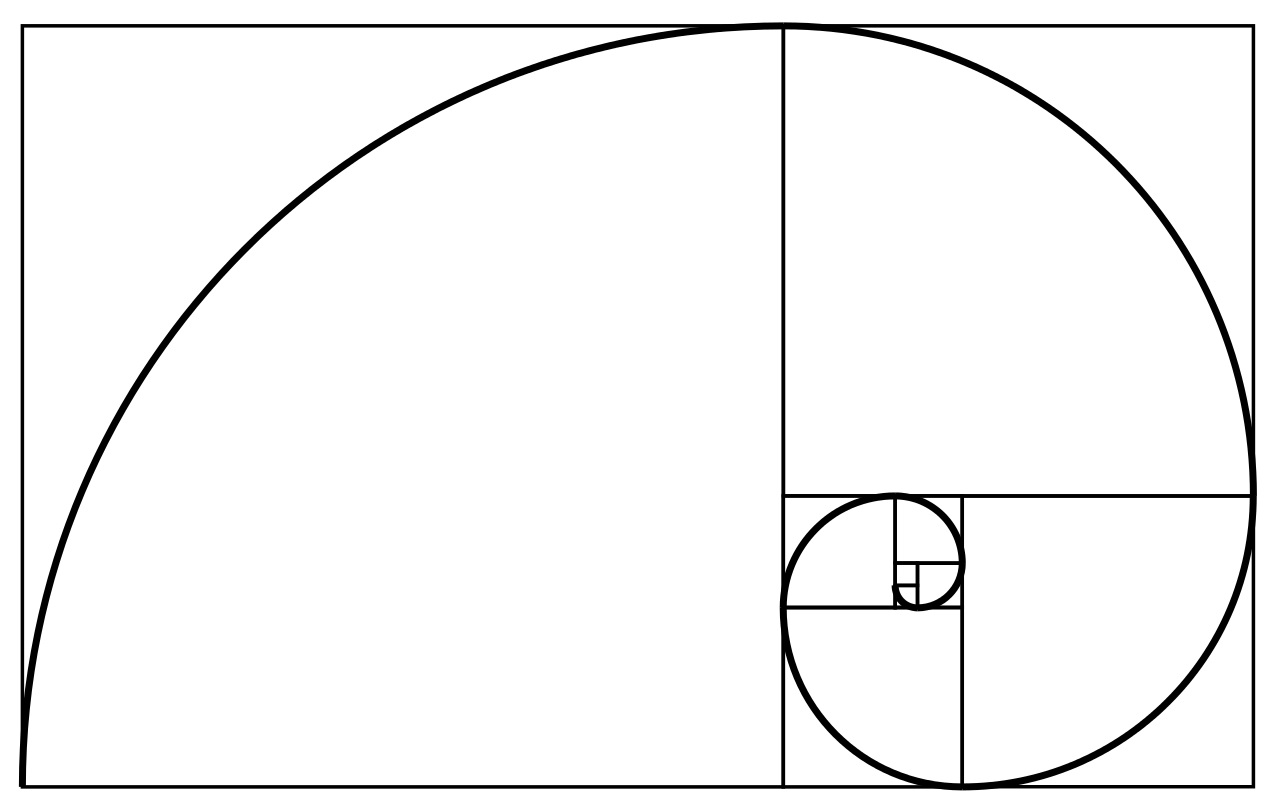
What’s the Difference Between the Rule of Thirds vs Phi Grid?

In filmmaking key components of any great cinematography are impacted by composition. But understanding composition requires a deeper level interest in how image placement and fundamentals play a key role in achieving impressive framing on the screen.
Composition, or the basic framing of the shot, is often thought of in terms of geometric lines and spaces when looking at what’s within the shot.
Several rules for framing images have been developed over the years, including the rule of thirds vs phi grid or the Golden Ratio, but what’s the difference between the two and which is better?
The Rule of Thirds

The rule of thirds is a simple compositional rule that essentially states that each scene should be divided into thirds, horizontally first and then vertically.
Visualize the lines of tic-tac-toe being placed overtop of your image or atop your scene such that the center box is dead center of the scene. You should have a grid of 9 equal squares.
Utilizing the rule of thirds, any object or subject should be placed upon an intersecting point within the grid. This means you may have objects or subjects in the top left, top right, bottom left, or bottom right.
The purpose of the rule of thirds and the placement of your subjects or objects within your scene is to create a more aesthetically appealing visual effect.
From a compositional standpoint, this is considered more pleasing to the eyes than it would have been to place your subject or objects directly in the center of the frame.
Utilizing the rule of thirds vs phi grid is completely at the discretion of the cinematographer, but there are several benefits to placing your subject or object within these parameters:
- Using the rule of thirds, the horizon will never be placed at the 50% mark, thus the conventional angles are broken, and the visual appeal is improved.
- The subjects or objects are placed in areas that are more likely to attract the audience’s eyes.
- The audience interest is drawn to a particular element on the page by using the rule of thirds.
- Keeping key subjects or objects free from the outer edges of the scene allows for the input of text overlay and similar graphics when the rule of thirds is applied to the creation of documentary films, corporate films, news broadcast and various other forms of content that include text graphics.
The Phi Grid

The Phi Grid is another form of compositional framing that is often referred to as the Golden Ratio. Using a mathematical concept that dates back to ancient Greek civilizations, the Golden Ratio is visualized as a spiral that takes shape within a rectangle.
The Phi Grid however uses a similar grid composition to that of the Rule of Thirds, but the segments are not uniform.
The Phi Grid is based on a unique combination of smaller rectangles that are placed atop the main rectangular image such that four of the rectangles are based on the ratio of 1:1.618.
Think of the Phi Grid as your tic-tac-toe diagram but with your lines closer together such that the center remains the same, but the upper, lower, left and right quadrants of the center are rectangles that are a smaller portion than the outer rectangles on all sides.
Using the Phi Grid, the eyes are said to naturally draw to the areas where the grid lines intersect, similar to the rule of thirds except the intersecting lines are slightly closer to the center than they would be in the rule of thirds.
The idea is to align your image so that the most important elements fall within these areas so that your photo or video will have visual harmony.
The Rule of Thirds vs. Phi Grid, Which is Better?
The rule of thirds vs phi grid are certainly two very different compositional aspects to closely consider before filming, but which is better? So, determining the difference between the rule of thirds vs phi grid and making a decision as to which compositional technique is better really is a matter of artistic opinion.
Some cinematographers have their own opinions as to which rule is better or what makes more sense, others tend to depict one versus the other based solely on which is most useful specific to a particular image using the rule of thirds vs phi grid in various chances and interchanging between the two.


